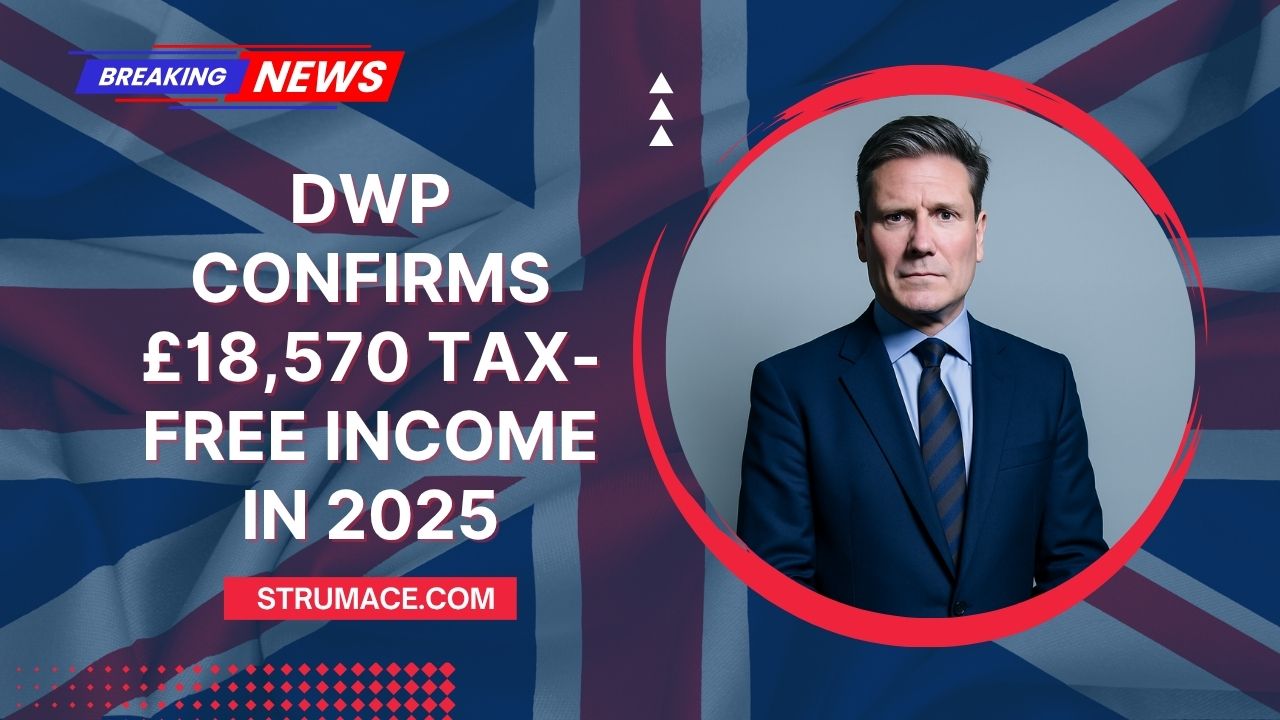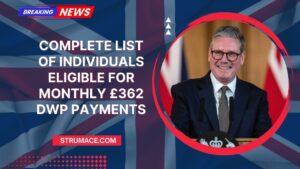Millions of UK residents could legally earn up to £18,570 tax-free in the 2025/26 tax year. This isn’t a government payout or benefit—it’s the combined value of three powerful tax allowances designed to help low-to-middle income earners, pensioners, and savers retain more of their income.
Here’s how it works and how to determine if you qualify for the full £18,570 tax-free income opportunity.
Understanding the £18,570 Tax-Free Income
The £18,570 figure results from combining three UK tax allowances:
- Personal Allowance – £12,570
- Starting Rate for Savings – Up to £5,000
- Personal Savings Allowance – £1,000
These allowances are designed to support lower-income earners and savers, especially retirees and part-time workers.
Breakdown of the Allowances
1. Personal Allowance – £12,570
Every UK taxpayer receives a tax-free personal allowance of £12,570. This covers income from:
- Jobs
- Pensions
- Rent
- State benefits (some)
If your total income stays under this amount, you pay zero income tax.
2. Starting Rate for Savings – Up to £5,000
If your non-savings income (like wages or pension) is below £12,570, you may also be eligible for up to £5,000 in tax-free interest income from savings.
Important:
This allowance reduces £1 for every £1 your non-savings income goes over £12,570.
- Income = £11,000 → You get full £5,000
- Income = £13,000 → Savings allowance drops to £4,570
3. Personal Savings Allowance – £1,000
This applies in addition to the starting rate for savings and depends on your tax band:
- Basic-rate taxpayers (20%) – £1,000
- Higher-rate taxpayers (40%) – £500
- Additional-rate taxpayers (45%) – Not eligible
This means that even if you hit your £12,570 personal allowance, you can still earn £1,000 in interest from savings tax-free.
Tax-Free Income Breakdown
| Allowance | Amount |
|---|---|
| Personal Allowance | £12,570 |
| Starting Rate for Savings | Up to £5,000 |
| Personal Savings Allowance | £1,000 |
| Total Tax-Free Potential | £18,570 |
Who Is Eligible for the £18,570 Tax-Free Income?
You may be eligible if:
- You are a UK resident
- Your non-savings income is under £12,570
- You earn interest from savings
- You are a basic-rate taxpayer
Best Suited For:
- Pensioners with savings
- Students with side income
- Part-time workers
- Low-income couples
- Freelancers with modest earnings
Smart Ways to Maximize Your Tax-Free Income
1. Track Your Income Categories
Separate your non-savings income from interest income to ensure proper use of each allowance.
2. Use ISAs
Invest up to £20,000 in ISAs annually—returns are tax-free and don’t count against your tax allowances.
3. Plan Joint Finances
Couples can double allowances, reaching up to £37,140 tax-free by combining their personal thresholds.
4. Use HMRC Tools
Online income tax calculators and tools can help you see where you stand and avoid paying unnecessary tax.
5. Consult a Financial Adviser
Professional advice can ensure you’re structuring income streams wisely, especially with rental, investment, or multiple income sources.
The £18,570 tax-free income opportunity in 2025 isn’t a hidden trick—it’s a combination of three powerful allowances that are already built into the UK’s tax system.
Whether you’re a retiree, student, low-income earner, or saver, knowing how these rules work could help you keep more of your money and reduce your tax burden legally.
FAQs
What is the £18,570 tax-free income in 2025?
It’s the combined total of three UK tax allowances—Personal Allowance, Starting Rate for Savings, and Personal Savings Allowance.
Who qualifies for the £18,570 tax-free income?
UK residents with non-savings income below £12,570 and interest earnings from savings can qualify if they are basic-rate taxpayers.
Do I need to apply for it separately?
No. These allowances are generally applied automatically, though self-employed or those with multiple income streams should monitor their earnings carefully.




